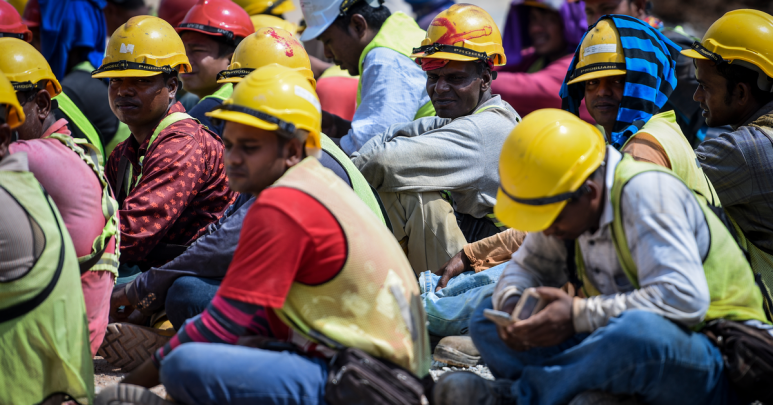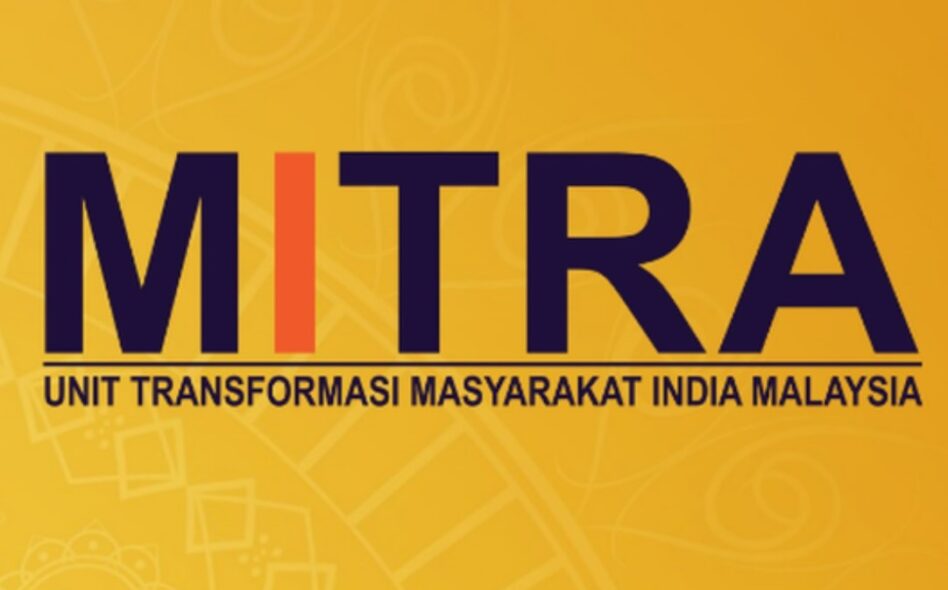ORGANISED labour movements have undergone many changes from the colonial period to the present.
Before the introduction of the Trade Union Ordinance in the aftermath of World War 2, labour was organised under general labour unions (GLUs). This provided for workers of different trades or occupations to be organised under one “umbrella union”.
Back then, the unions affiliated directly or indirectly with the Malayan Communist Party (MCP) were called GLUs.
However, with the return of the British following Japan’s defeat, the colonialist saw a need to weaken and ultimately defeat the MCP. Hence, legislation such as the Trade Union Ordinance, among others, were introduced to reclassify and provide for the compulsory registration of unions.
As such, GLUs were outlawed and were replaced by trade unions. In other words, trade unions came to be restricted to trades or occupations.
For these unions to be allowed to operate, they had to register with the Registrar of Trade Unions.
It was a matter of time that the rise of trade unions based on occupation or trade and their compulsory registration broke the back of general or omnibus unions.
Of course, the British repression against the labour union leaders contributed to their weakening as well, under the guise of combatting communists.
In the post-colonial period, long after Independence, even the presence of “tamed” trade unions became suspect in the eyes of the Government.
Apart from the passing the Industrial Relations Act in 1967 to regulate the relationship between labour and employers, further amendments were passed to restrict trade unions.
Beginning from the 1980s, with the introduction of the Look East policy and others, there was an overt and covert move to further fragment and weaken the unions.
And this came about through the introduction of the in-house or company unions.
It was argued that unions organised on company basis might be more effective as compared to unions organised under trade or occupation. However, the whole idea was to weaken the national unions by fragmenting them.
The Registrar of Trade Unions held the ultimate power to recognise the formation of company or in-house unions.
Over the years, with the various efforts taken to weaken the trade union movement, union strength has considerably lost its strength in the country.
Unions seen as a threat
As though the historical process of weakening trade union movements was not enough, there is a recent attempt to introduce amendments to the Trade Union Act.
The idea is to pave the way for the presence of multiplicity of unions in the industry. The draft amendments have been tabled for a first reading in the Parliament.
However, the Coalition Against the Multiplicity of Union (CAMU) has come out strong against the further fragmentation of unions. It has urged the Government to delay the second reading so as to allow consultation with stakeholders.
In essence, both the colonial and post-colonial Governments in the country looked at organised labour as a threat. It is for this reason that legislations were introduced to control and regulate the functioning of unions.
Labour unions became trade unions, trade unions came to compete with company unions and now, multiplicity in the labour movement.
It is not clear at what point the Government will stop in weakening labour movements. As far as the Government is concerned, a good union is a dead union.
Hence, unionisation has gradually declined over the years. Today, only 6% of our labour is organised in trade and company unions.
And maybe the multiplicity of unions might put an end to the presence of trade unions in the country once and for all. – June 26, 2022









